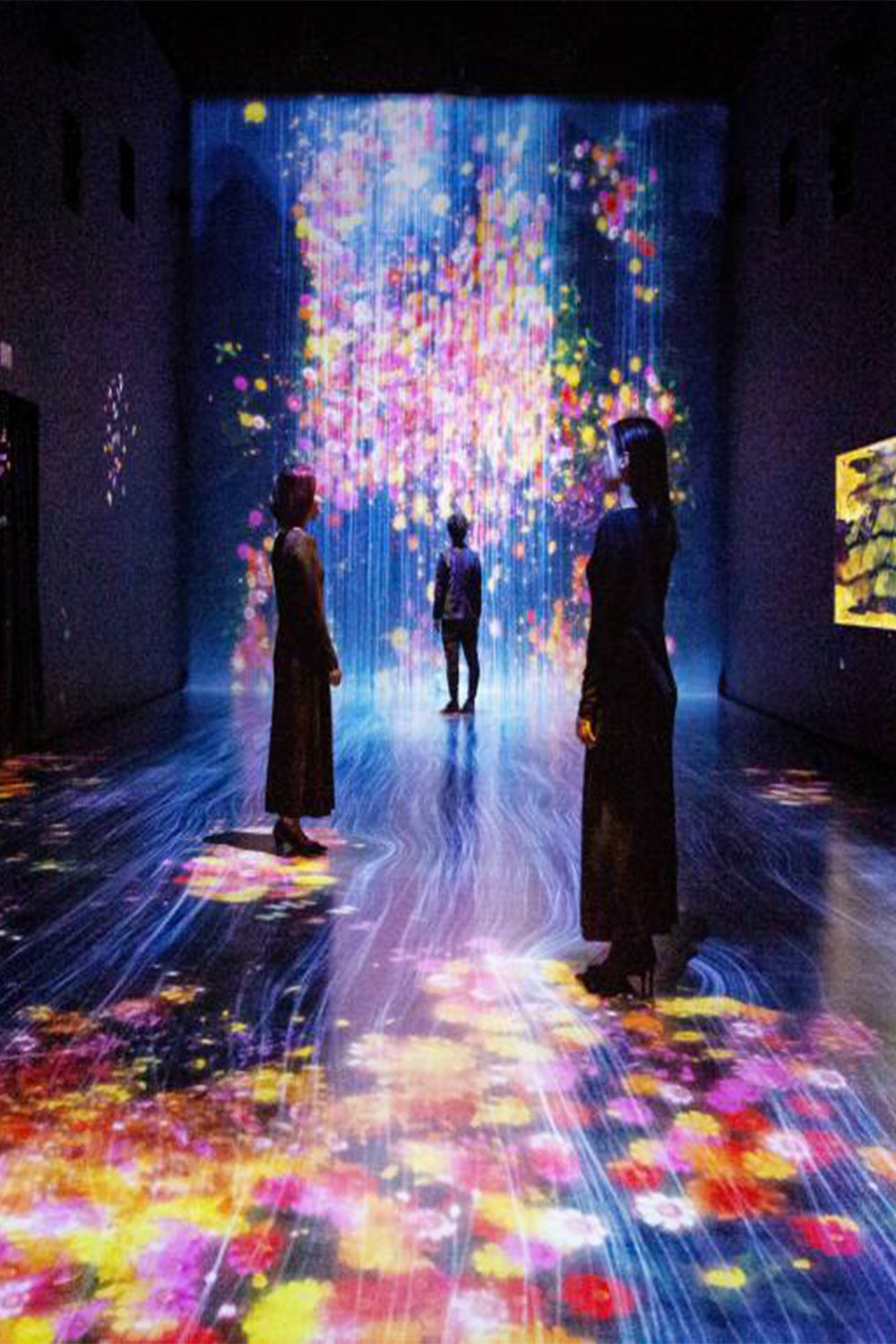
3D scanner for science
Research and training using high-precision digital 3D-copies of the human body.
3D scanners help research workers and other experts to acquire new knowledge, to gain experience, to put forward and confirm hypotheses. They are used as training equipment in higher and vocational education institutions by future medical workers, engineers, artists, conservation professionals, designers, forensic doctors and those who digitize human bodies for signature scientific projects.
3D scanning technologies help to both obtain realistic 3D copies of existing people and to find out how our ancestors looked like. The base of 3D shots that is continuously supplemented with new data is a precious material for scientific research of the human body. How does our life style change us? How does the body adapt for climate changes, urbanization and other external factors? Scientists have already managed to find out that mass penetration of portable gadgets caused a specific growth on a human being’s occipital lobe, and elbows have become smaller and more brittle because of lower physical exertion. Other conclusions that will be made thanks to 3D scanning are waiting for us in the future.
Texel experience
Texel 3D scanner successfully operates in one of the Russian universities, where clothes designers study. It takes only a few seconds to scan and process the results in the cloud — and future developers of fashionable clothes will get the precise copy of the human body in 3D format plus 140 measurements. This information helps to develop clothes with comfortable fit, which takes into account features of real human bodies.
In the future clothes customers after scanning and development of a digital avatar may be able to use recommendations for selection of clothes based on high precision measurements of their body and color type (skin, eye and hair color).





